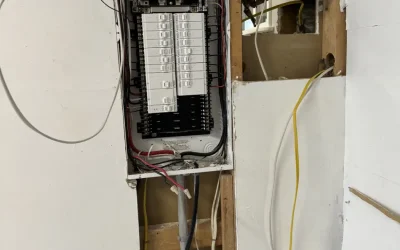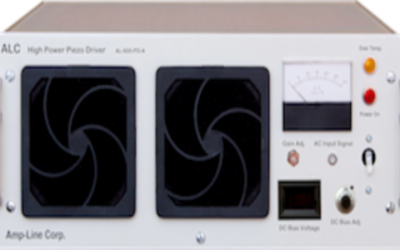If you are in charge of purchasing electric wiring or cables for your company, it does not hurt to obtain a basic understanding about how certain lines or cables are used. For example, a 350 MCM welding cable, as well as popular American Wire Gauge (AWG) cables, are a type of cable used in the welding field. The AWG designation conveys copper containment and wire size. Sizes go from 6 AWG to 500 MCM, with “MCM” being an older term that means thousands of circular mils.
The 350 MCM Welding Cable – Sizing the Wiring
Therefore, when you are using mils as a welding cable measurement, a 350 MCM welding cable, in essence, equals a cable that measures 11/32 of an inch. A 350 MCM welding cable contains more copper than a 250 MCM cable, which has more copper in it than what is contained in a 4/0 AWG cable size.
The 350 MCM Welding Cable 600 Volt Product
Both the 250 MCM cable and highly flexible 350 MCM welding cable 600 volt designs are very sizable cables and are used on a fairly regular basis. American Wire Gauge sized cables such as 2 AWG, 1/0 AWG, 2/0 AWG and 4/0 AWG are typically popular sellers.
According to the National Electric Code’s definition of a welding cable, whether it is a 2 AWG sized cable or a 350 MCM welding cable design, a welding cable is a link that is used in secondary circuits of electrically powered welders. The wiring generally consists of a finely stranded conductor that comes in a broad range of sizes.
The wire, which is typically insulated by a thermoset neoprene rubber, is able to withstand high levels of heat as well as weld splatter. While the 350 MCM welding cable and its popular counterparts are usually rated at 600 volts, some welding cables may be rated at 100 volts too.
Cables, such as the 4/0 AWG cable and 350 MCM links, are utilized in two kinds of welding practices. These welding applications include resistance welding and arc welding. Resistance welding is a process where thermal energy is utilized for the fusing of two overlapping alloys.
The heat that is used for this purpose is created from the resistance of the metals. Metals, during the process, are placed between two welding points also known as electrodes. As the alloys resist the current’s flow, the generated heat fuses the materials.
Arc welding, on the other hand, is a welding process where electricity is used to produce an electric arc between a work piece and the welding point. The arc liquefies the electrode, thereby permitting the leftover metal to be utilized for the weld. You can find out more information about the different kinds of welding cables by visiting Electric Wire and Cable Specialists online.








